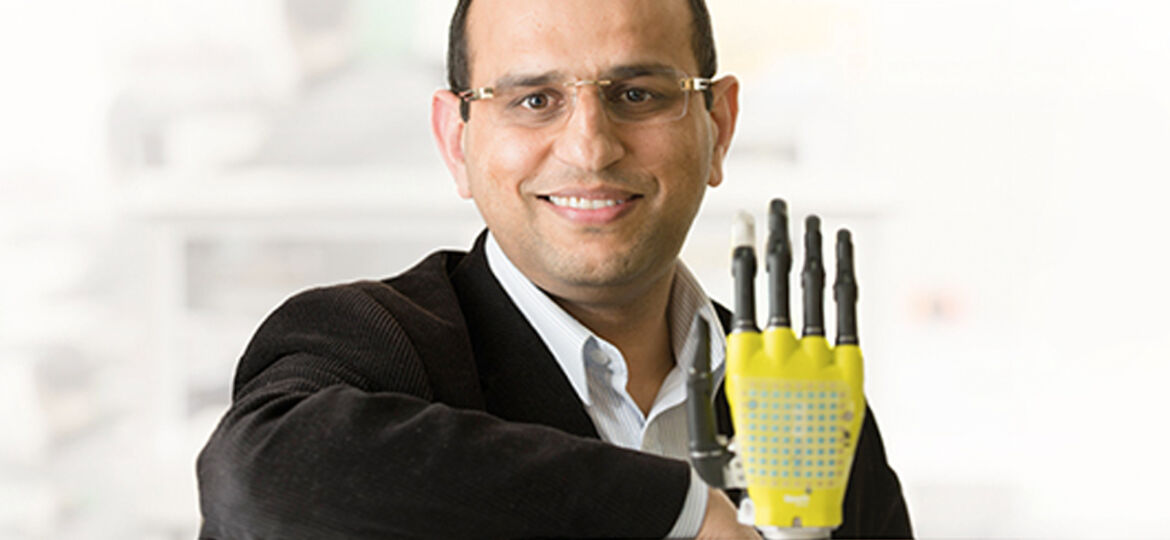
WHY THIS MATTERS IN BRIEF
Many amputees complain of “Phantom limb” syndrome but now a new breakthrough could help them finally feel again, for real.
UK researchers have developed a synthetic skin for prosthetic limbs that can generate power and return the sense of touch to amputees.
Researchers from the University of Glasgow, who previously developed an ‘electronic skin’ covering for prosthetic hands made from graphene, have created a way to use some of the material’s physical properties to use energy from the sun to power the skin.
Graphene is a highly flexible form of graphite which, despite being just a single atom thick, is stronger than steel, electrically conductive, and transparent. The graphene’s optical transparency enables about 98% of the light which strikes its surface to pass directly through it, which makes it ideal for gathering energy from the sun to generate power.
The skin requires 20 nanowatts of power per square centimetre, which is possible using even the poorest quality photovoltaic (PV) cells on the market. While the energy generated can’t be stored the team is looking into ways to divert it into batteries so it can be used when necessary.
“My colleagues and I have already made significant steps in creating prosthetic prototypes which integrate synthetic skin and are capable of making very sensitive pressure measurements,” said Ravinder Dahiya, an engineer at the University of Glasgow.
“Those measurements mean the prosthetic hand is capable of performing challenging tasks like properly gripping soft materials, which other prosthetics can struggle with.”
The university is using 3D printing techniques to build the prosthetic limbs, making them more affordable.
The technology could also be used to create robots that can feel pain to help them make better decisions about human safety, something that has already been developed by a team in Germany. For example, a robot working on a production line is much less likely to accidentally injure a human if it can feel that a person has unexpectedly entered their area of movement and stop before an injury can occur.
Another area of development is the power-generation technology which could be used to power the motors which drive the prosthetic hand. This could allow the creation of an entirely energy-autonomous prosthetic limb.
The team’s paper, titled ‘Energy Autonomous Flexible and Transparent Tactile Skin’, is published in Advanced Functional Materials.
















